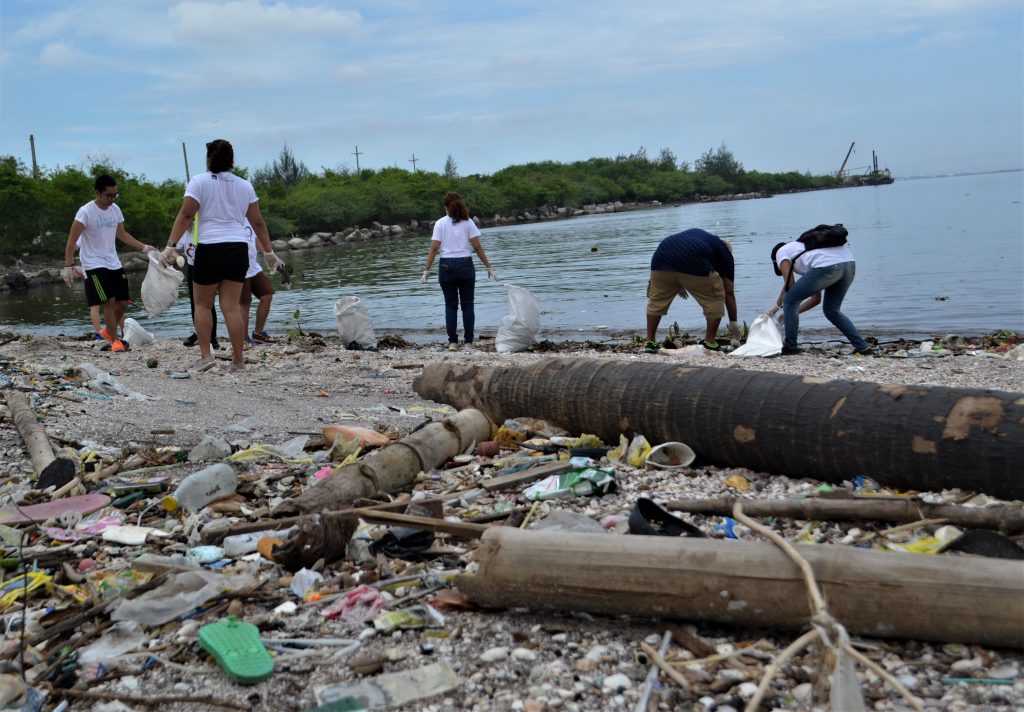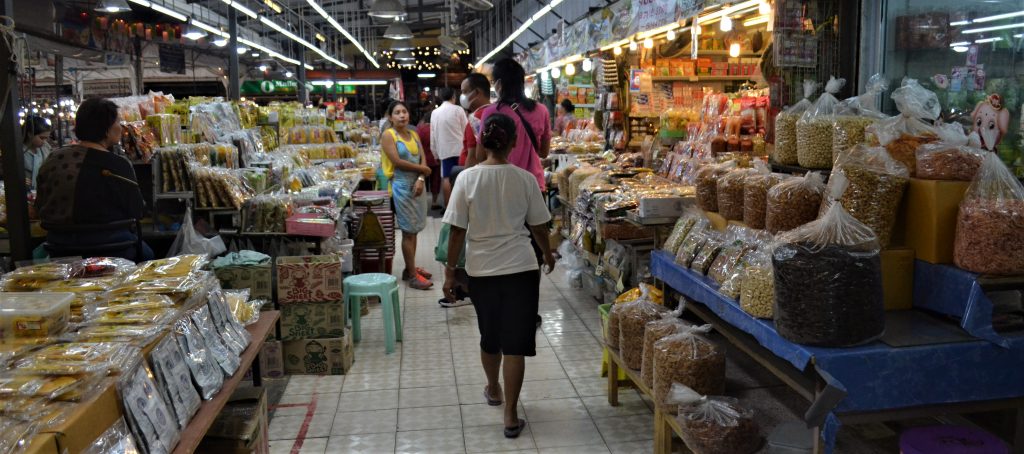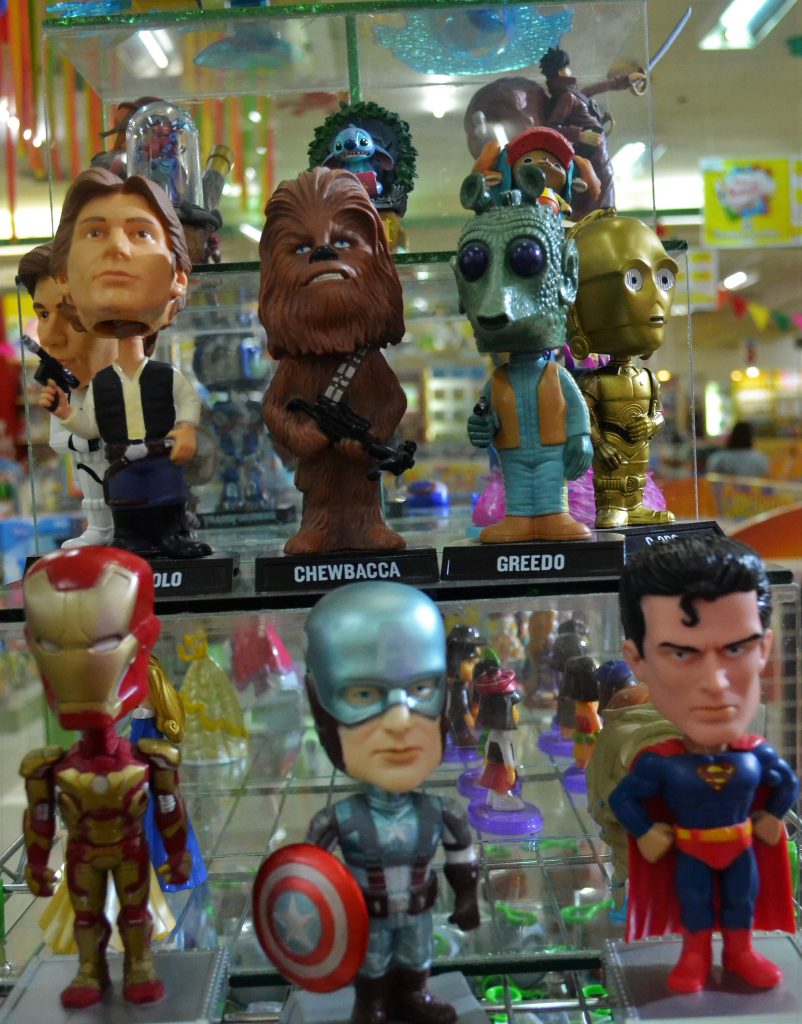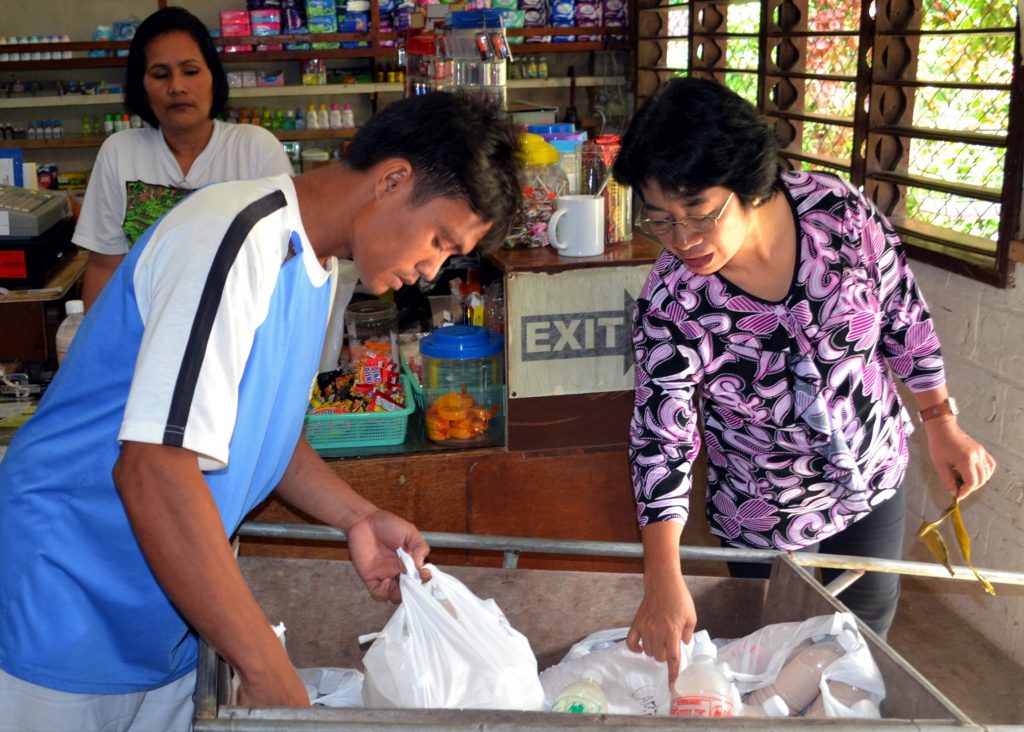“Plastics are a clear and present danger to the future of our planet.” – Céline S. Cousteau, documentary film director and producer, explorer, and designer
***
What Filipinos throw away as garbage may not go directly into landfills. Most of them end up in the oceans which, most people think, no level of human assault could damage them as they are vast and resilient.
That was in the past. Today, the oceans are crying out for help. “While the public eye is periodically turned to large disasters (happening in the oceans), it is routine assaults that most threaten the marine environment,” deplores the Washington, D.C.-based Worldwatch Institute (WWI).
“Accidents at sea such as oil spills, chemical spills or operational discharges from ships are only a small percentage, and affect only limited areas,” wrote Stjepan Keckes, author of Global Maritime: Programs and Organizations. “They are far less serious than slow insidious pollution which people get used to because it is progressive. In warm waters, oil evaporates or degrades and is broken up very quickly by bacteria to harmless substances.”

Among the most serious pollutants are the plastics. “(They) persist for up to 50 years and because they are usually buoyant, they are widely distributed by ocean currents and wind,” stressed the World Resources Institute (WRI), also based in Washington, D.C.
It was Alexander Parkes who discovered the first man-made plastic when he publicly demonstrated it at the 1862 Great International Exhibition in London. Since then, the durable, primarily petroleum-based material replaces materials like glass and metal.
Today, an average person living in North America uses 100 kilograms of plastic each year, mostly in the form of packaging. In Asia, a person consumes about 20 kilograms. “No one denies that plastic has been an incredible invention for mankind,” Global Initiatives said. “Without it, industrialization would have not been possible to the degree we see today.”
In recent years, people are now increasingly noticing that the lands, riverways and oceans have been choked by waste plastic. “Our insatiable dependence on plastic has led us to a man-made environmental crisis which is currently still growing in size. Our oceans and beaches are increasingly awash with waste plastic, while plastic dumping and landfill is at an all-time high,” Global Initiatives pointed out.
In the Philippines, about 35,580 tons of garbage is generated every day, according to a paper, “Status of Solid Waste Management in the Philippines,” written by Alicia Castillo and Suehiro Otoma. “On the average, each person in the country produces about 0.5 kilogram and 0.3 kilogram of garbage every day in the urban and rural areas, respectively,” the two authors wrote.

In Metro Manila alone, about 8,636 tons of garbage is generated every day – that is, 0.7 kilogram per person per day “due to its modernized lifestyle.” Bulk of the garbage are in the form of plastics.
The World Wide Fund for Nature-Philippines traced the huge garbage problem to poverty. “People still buy many products in small amounts – cheaper, but resulting in much more waste,” the attached agency of international non-government organization observed.
The WWF-Philippines has conducted several coastal clean-ups to address marine debris in some parts of the country. “As the Philippines is one of the so-called ‘sachet economies,’ most of the debris gathered during clean-ups are plastic, including single-use sachets for shampoo, toothpaste, creams, laundry soap, and even food,” said Dan Ramirez, the organization’s communications and media manager, in an article featured in its website.
Because they are easy to sell – which is why even in remote communities, you see ribbons of single-use products hanging from neighborhood stores – large multinational manufacturing companies continue to market them.
According to Ocean Conservancy, 8 million tons of plastics enter the ocean each year on top of the 150 million tons of plastics that already circulate in the ocean. The Philippines is one of the top five contributors of plastic waste in the world’s oceans, said Environment Secretary Roy A. Cimatu, citing a United Nations report.
“We produce 2.7 metric tons of plastic waste every year,” Cimatu said in a press statement that Philippines Graphic obtained. “Following this trajectory production and mismanagement, UN reports predicted that by 2050, there will be more plastic in the oceans than there are fish.”
Among the plastics released into the oceans, the most prevalent are the plastic bags. “Since they were introduced in the 1970s, plastic bags have infiltrated our lives,” wrote Caroline Williams inNew Scientist. “Globally, we carry home between 500 billion and a trillion every year – about 150 bags for every person on earth.”
People these days, it seems, could not live without plastic bags. “Plastics are ubiquitous components of the world’s consumer culture,” said Senator Loren Legarda in a statement. “They symbolize the throwaway culture that we have developed. We cannot go business as usual at it pollutes our oceans and water, and even the air when burned.”

Environmentalists caution against burning those plastics to get rid of them completely. Scientists say that chlorine-based plastics, when incinerated, contribute to the formation of dioxin, a poisonous waste that forms when chlorine is exposed to extreme heat.
Plastic pollution has now become a global crisis as it threatens marine and human life and destroying the natural ecosystems.
“Marine plastic pollution has impacted at least 267 species worldwide, including 86% of all sea turtle species, 44% of all seabird species and 43% of all marine mammal species,” Clean Water Organization pinpoints. “The impacts include fatalities as a result of ingestion, starvation, suffocation, infection, drowning, and entanglement.”
The Philippines became the toast of international media when it was found that the cause of death of a whale was ingesting 40 kilograms of plastics. “Plastic was just bursting out of its stomach,” Darrell Blatchley, who conducted the post-mortem of the whale, told National Geographic. “We pulled out the first bag, then the second. By the time we hit 16 sacks – on top of the plastic bags, and the snack bags, and big tangles of nylon ropes, you’re like seriously?”
He could not believe what he saw. “The plastic in some areas was so compact it was almost becoming calcified, almost like a solid brick,” he was quoted as saying by The New York Times. “It had been there for so long it had started to compact.”
Marine debris also affect human beings. “Humans face the danger of ingesting persistent organic pollutants (POPs) through eating seafood, as this links to the food chain,” Ramirez said. “Plastics absorb polychlorinated biphenyls and dichlorodiphenyltrichloroethane, which are POPs that directly affect human health.”
Science says plastic bags start as crude oil, natural gas or other petrochemical derivatives that are transformed in plastic factories into chains of hydrogen and carbon molecules known as polymers or polymer resin. The most common types of plastics are high density polyethylene (HDPE), polyethylene (PET), polyvinyl chloride (PVC), low density polyethylene (LDPE), polypropylene (PP) and polystyrene (PS).
The HDPE resin is the industry standard for plastic bags. “The polyethylene is superheated and the molten resin is extruded as a tube, sort of like the process of making pasta,” explained WI’s Brian Haweil. “After the desired shaped is achieved, the resin is cooled, hardened and can be flattened, sealed, punched or printed on.”
Although most people tend to think of plastic as a single material having numerous applications, more than 46 different polymers are actually in common use, according to Haweil. A squeezable ketchup bottle, for instance, is made of six layers of plastics, each engineered to do a different job, such as to give the bottle shape, strength, flexibility and impermeability.
The WI reports that about 4% of the petroleum consumed worldwide each year is used to make plastic, and another 4% is used to power plastic manufacturing processes.
Cimatu urged Filipinos to refrain from using single-use plastic items, such as pet bottles and grocery bags, which usually end up polluting the oceans and waterways. “It is high time we refrain from using disposable plastic products that are used for minutes, but persist in the environment forever,” he said.
Such is a good reminder as the country celebrates the Month of the Ocean this May by virtue of Presidential Proclamation No. 57 issued in 1999. This year’s theme is: “Free the Seas from Marine Debris.”
“I think everyone agrees that plastic waste does not belong in the ocean or the environment,” said David Taylor, chair of the Alliance to End Plastic Waste, an organization of nearly 30 major industrial and consumer good companies. “This demands swift action and leadership from all of us.”

In Davao City, some companies are already getting rid of using plastics. Hedcor, the cleanenergy arm of AboitizPower, said that it has already prohibited the use and purchase of PET bottles within office and plant premises as well as during company activities.
“We believe that we are stewards of the environment and the well-being of future generations and that this responsibility does end at our renewable energy production lines,” said Carlos Aboitiz, Hedcor’s president.
“Prohibiting the use of PET bottles is just our first step to materialize our campaign. Among others, we also encourage each team member to switch to eco-bags, bring reusable lunch bags and containers, and to patronize package-free products,” added Darlene Arguelles, the corporate and regulatory vice president of Hedcor.
Here are more good news. The Industrial Technology Development Institute (ITDI) of the Department of Science and Technology (DOST) has developed a biodegradable substitute to synthetic plastics. It comes in the form of biodegradable polymer, described as “a more environment-friendly alternative.”
“Synthetic plastics are petrochemical-based, which means that they are not easily degraded and would take almost a decade to decompose,” explained Dr. Marissa A. Paglicawan, supervising science research specialist at ITDI. “This prompted lawmakers and plastic makers worldwide to identify and develop durable biodegradable bio-based alternatives.”
But the hitch is: not all synthetic plastics can be replaced with biodegradable polymer. Those single-use plastics are among them. Another problem: cost of biodegradable polymer is slightly higher than the synthetic plastic.
Still, Paglicawan believes the biodegradable substitute to synthetic plastics offers prospect for plastic manufacturers.
“The small size of industry players in the area of biodegradable polymer signals an opportunity for those who want to venture into the manufacturing of plastics,” Dr. Paglicawan wrote in S&T Post. “Plastic manufacturers can easily shift to this type of technology because there is no required investment for pre-processing equipment and skilled workers. They can still use their existing equipment of extrusion and face pelletizer machine.”
Currently, there is still no one producing biodegradable thermoplastic polymer in the country. But there is a local distributor of Polylactic Acid, a synthetic biodegradable polymer, according to Dr. Paglicawan.






